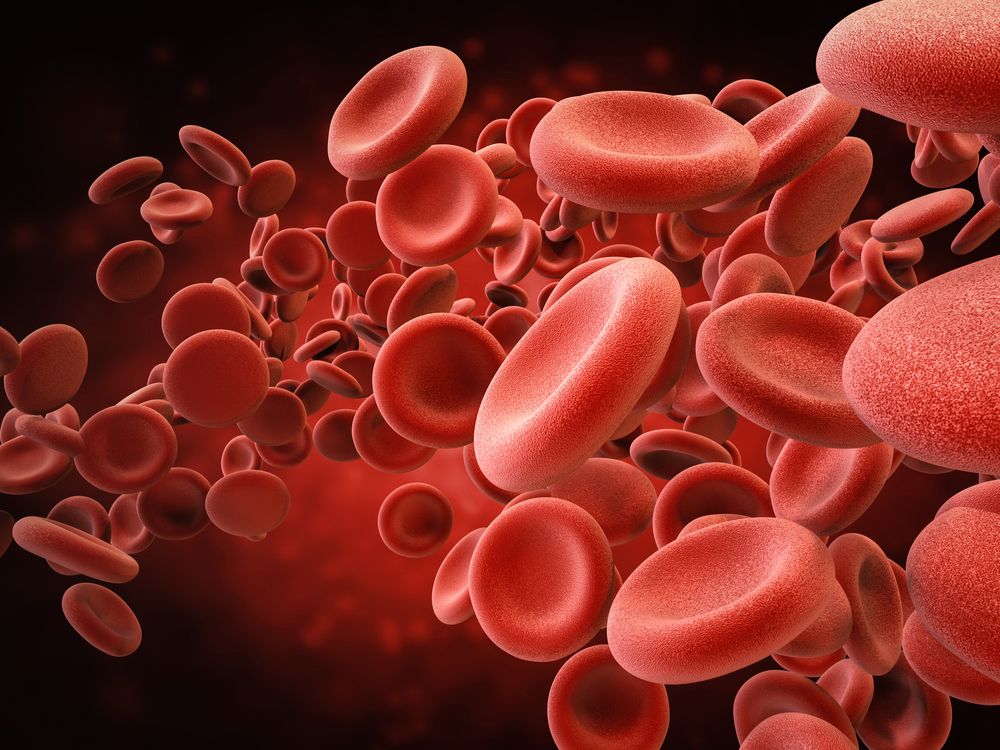Monitoring Platelets Could Help Protect Babies Against Cerebral Palsy, Early Research Finds

Normal levels of platelets in babies can be crucial to prevent brain bleeds during pregnancy or around the time of birth, and protect them against cerebral palsy (CP), according to a recent preclinical study.
The study, funded by the Cerebral Palsy Alliance Research Foundation, suggests that abnormally low platelet counts in developing and newborn babies could result in weakened blood vessels in the brain and lead to stroke and cerebral palsy.
Such information could help doctors intervene in a timely manner to bring platelet levels back to normal in babies at risk.
Researchers from the Walter and Eliza Hall Institute (WEHI), Australia, used laboratory models and found that platelets — the small cell fragments essential for blood clotting and for keeping blood vessels healthy — could be crucial to prevent cerebral palsy and other disorders in newborns.
Cerebral palsy is the most common physical disability in childhood, affecting 17 million people worldwide. In many cases, the specific cause is unknown, but there are a number of well-known risk factors, such as the occurrence of brain bleeds, or strokes, in a baby’s developing brain.
Past research has shown that babies at risk of cerebral palsy (e.g., with extremely low birthweights and those admitted at neonatal intensive care units), have abnormally low platelet counts in their blood.
“Our research in laboratory models has shown that platelets are critical for the integrity of blood vessels in the brain. We suspect that low platelet numbers in developing and newborn babies could result in weakened blood vessels in the brain. This may predispose a baby to stroke and potentially cerebral palsy,” one of the study’s leader, Alison Farley, PhD, from the WEHI, said in a press release.
Farley explained that doctors already have the ability to measure platelet numbers in babies before birth, and if necessary, safely increase platelet levels.
“Our goal is to provide critical knowledge about the developmental stages and processes for which platelets are required. This will hopefully provide us with the optimal preventative window to combat brain bleeds, stroke and prevent the onset of cerebral palsy,” Farley said.
The team believes its preliminary discoveries will be relatively easy to translate into a clinical setting. Using a $250,000 grant awarded by the Cerebral Palsy Alliance Research Foundation, researchers believe they will be able to determine the healthy range of platelets in babies before and at the time of birth.
This information one day can help doctors detect abnormally low platelet counts and identify babies at risk.
“These are exciting times with advances in the prevention and early diagnosis of cerebral palsy,” said Iona Novak, head of research at the Cerebral Palsy Alliance.
CP expert Nadia Badawi, also noted that the combined efforts between clinicians and researchers over the past 10 years has led to a reduction in the incidence of CP in Australia from one in 500 children to one in 700 children.
“However, more work needs to be done and it is imperative that we continue to push forward with advances in this space and invest in research,” she said.
Badawi is the Chair of Cerebral Palsy at the University of Sydney and a professor at the Macquarie Group Foundation.
To learn more about this project, you may watch this video posted by the WEHI.


